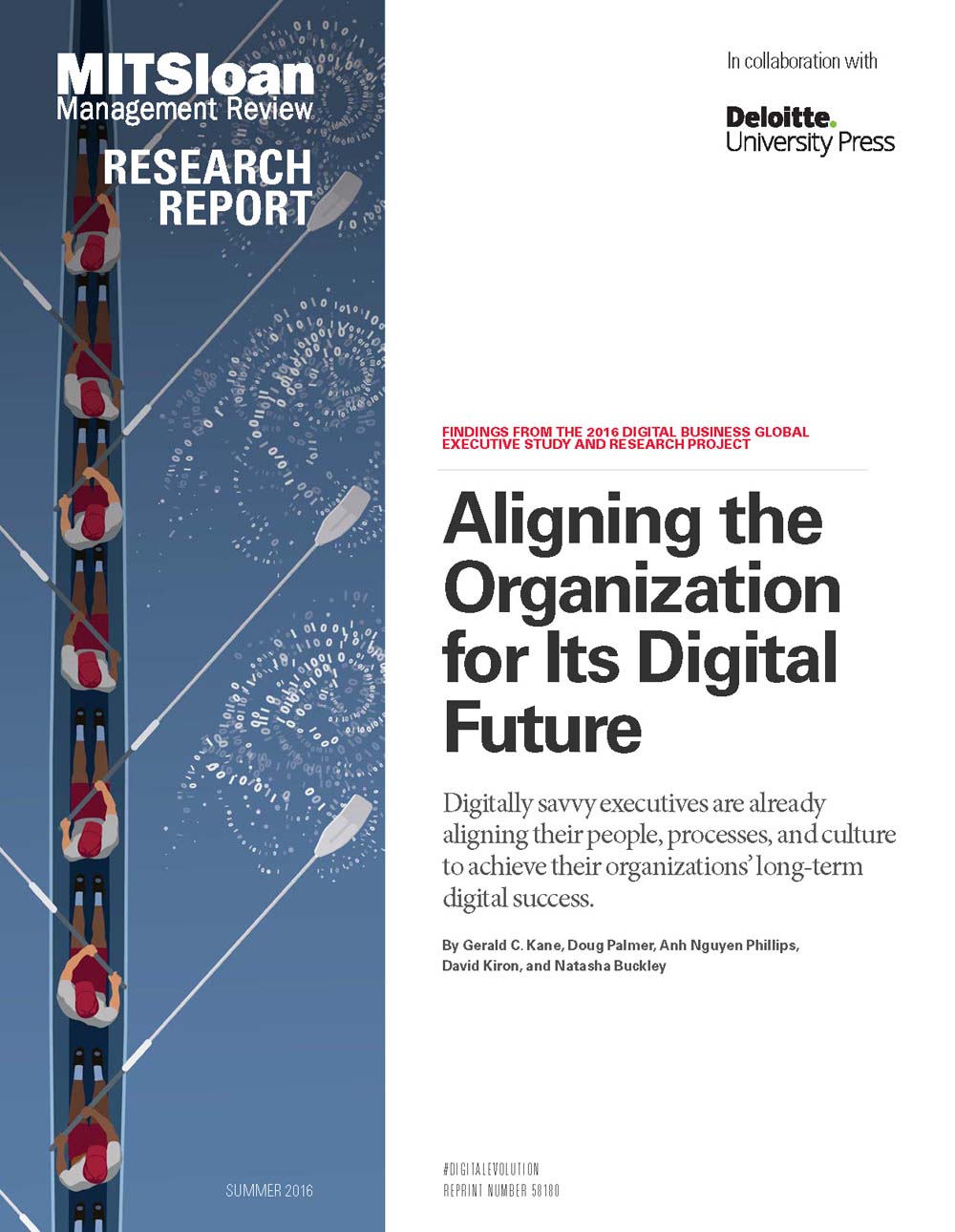
Management by Maxim: How Business and IT Managers Can Create IT Infrastructures
Creating a business-driven IT infrastructure requires that executives thoroughly understand their firm's strategic context. By formulating a series of business and IT maxims -- short simple statements of the business's positions -- they can identify the IT infrastructure service suited to their company. The authors' framework has four components:
1. Considering strategic context. What business demands, roles, and relationships are critical to infrastructure decisions? Keeping in mind the firm's strategic intent, business units may be able to coordinate and leverage some approaches across units, while keeping some autonomous and local.
2. Articulating business maxims. Using insight gained from examining the strategic context, both business and IT managers formulate business maxims and articulate agreed-on positions that they can readily understand and act on. The maxims should focus employees' attention on the firm's competitive stance, the extent of coordination across units, and the implications for information and IT management.
3. Identifying IT maxims. From the business maxims, executives identify IT maxims that describe how the firm must lead or follow in the deployment of IT in its industry, electronically process transactions, and share data across the firm and with other strategically allied companies. The maxims specify the role of IT and levels of investment relative to competitors, whether processing is tailored or standardized, and how different types of data are accessed, used, and standardized.
4. Clarifying a firm's view of IT infrastructure. A company should determine how it sees infrastructure from among four views: none, utility, dependent, and enabling. It can forgo synergies among units and not invest in infrastructure services. It can take a utility view and use the infrastructure primarily to reduce costs. With a dependent perspective, it can make investments primarily to respond to current strategies. With an enabling view, the company can overinvest in IT infrastructure to provide flexibility in responding to long-term goals.
According to Broadbent and Weill, some companies may be prevented from developing clear maxims by two barriers -- expression and implementation. Managers may not understand the firm's strategic intent, executives may not have communicated strategy to operational managers, and the firm's culture may deter use of maxims. Organizational, political, cultural, and reward system issues, as well as a lack of IT leadership, may form implementation barriers.




